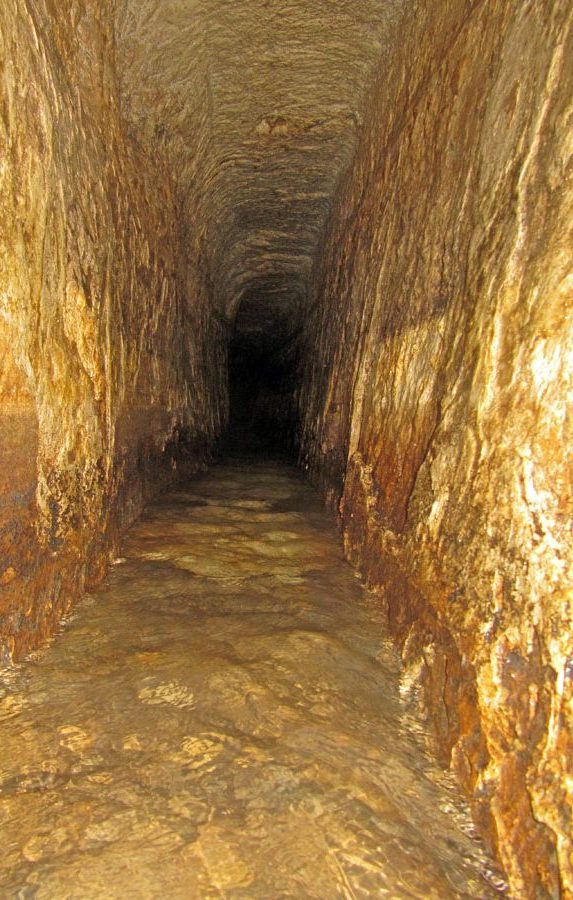Summary
The Ancient Wonder of Hezekiah’s Tunnel
Hezekiah’s Tunnel is a remarkable feat of ancient engineering located in the city of Jerusalem. This subterranean passage, carved over 2,700 years ago during the reign of King Hezekiah, served to protect Jerusalem’s water supply from Assyrian invaders. Stretching for approximately 533 meters, the tunnel channels water from the Gihon Spring to the Pool of Siloam. It stands today as a testament to the innovative and forward-thinking nature of the period, showcasing bold defensive strategies and a high level of technical skill. Visitors can explore this historic site, walking through the narrow tunnel where water still flows, offering a unique glimpse into the ingenious survival tactics of ancient civilizations.
Get your dose of History via Email
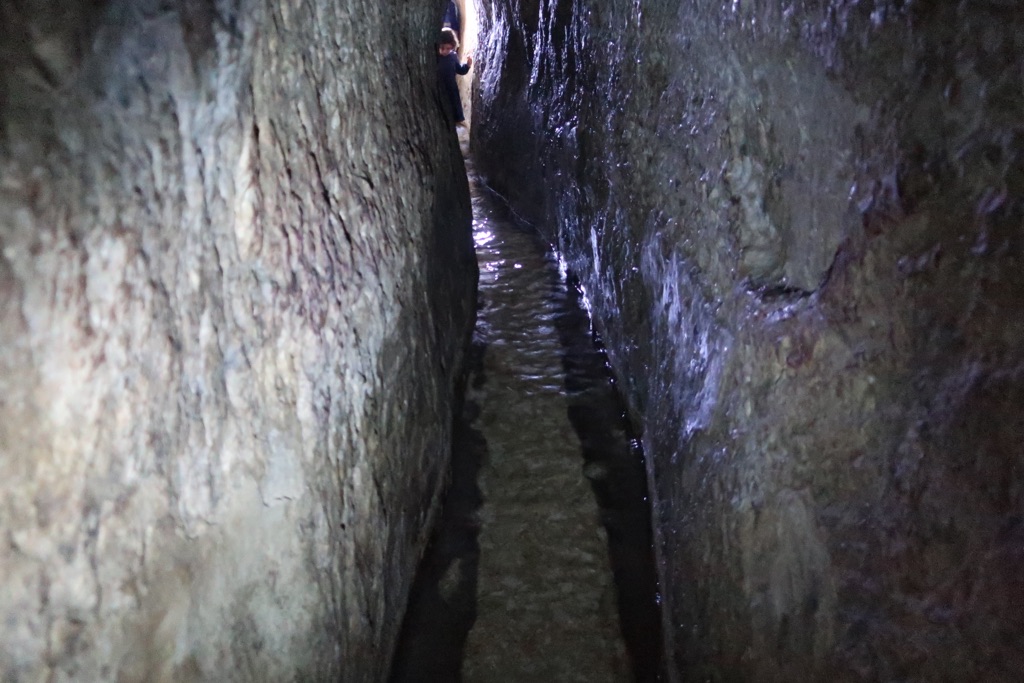
The Tunnel’s Historical Significance
The historical context of Hezekiah’s Tunnel is deeply intertwined with the survival of Jerusalem during a time of siege. The tunnel is mentioned in the Bible, serving as a tangible link to biblical history and narratives that shape the cultural heritage of the region. It not only reflects King Hezekiah’s dedication and resourcefulness but also marks a significant biblical event: the preparation for the Assyrian Siege of Jerusalem. Its construction is an extraordinary example of ancient problem-solving, and the site has become a focal point for both archaeological study and religious reflection, attracting scholars and pilgrims alike who seek to understand and experience the living history of the area.
Exploring Hezekiah’s Tunnel Today
Today, Hezekiah’s Tunnel is not only a celebrated historical site but also a popular tourist destination. Adventurous visitors eager to immerse themselves in the past can traverse the dimly lit passage, feeling the history etched into its walls. The experience connects individuals directly with the ancient inhabitants of Jerusalem, offering a hands-on opportunity to appreciate the struggles and innovations of antiquity. With accessibility improvements, informative displays, and guided tours, the tunnel provides an enriching educational journey. It promotes a deeper understanding of ancient Jerusalem’s past, merging the joys of exploration with the richness of historical discovery.
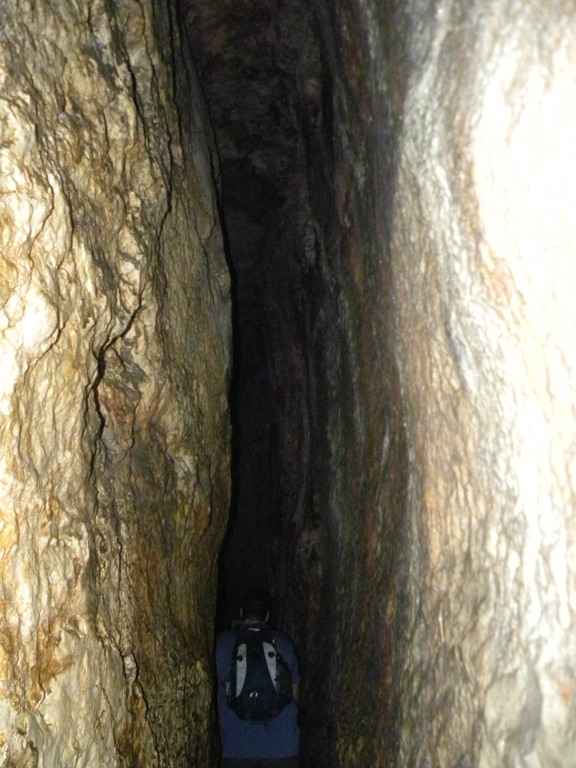
Historical Background of Hezekiah’s Tunnel
King Hezekiah’s Ingenious Solution
In ancient times, securing a city’s water supply was crucial for survival, especially during sieges. Hezekiah’s Tunnel, also known as Siloam Tunnel, is a silent witness to such wisdom. The tunnel was constructed in the 8th century BCE under the rule of King Hezekiah of Judah. He foresaw the threat from the formidable Assyrian army and devised a plan to safeguard Jerusalem’s water source, the Gihon Spring. Laborers carved a winding path through solid rock to redirect the spring’s waters to the Pool of Siloam inside the city walls. This remarkable project not only provided residents with water during the siege but also deprived the invading Assyrians of it, significantly influencing the siege’s outcome.
Archaeological Evidence and Biblical Accounts
The tunnel’s existence not only piques the interest of history buffs but also corroborates ancient scriptures. Archaeological finds and inscriptions within the tunnel offer a fascinating bridge to its biblical references. The Old Testament chronicles King Hezekiah’s efforts, confirming the historicity of the events. An ancient Hebrew inscription, discovered on the tunnel wall, describes the dramatic moment when two teams of diggers, starting from opposite ends, met in the middle. This discovery underscores the authenticity of the tunnel’s construction story and adds a layer of depth to our understanding of ancient Jerusalem’s history.
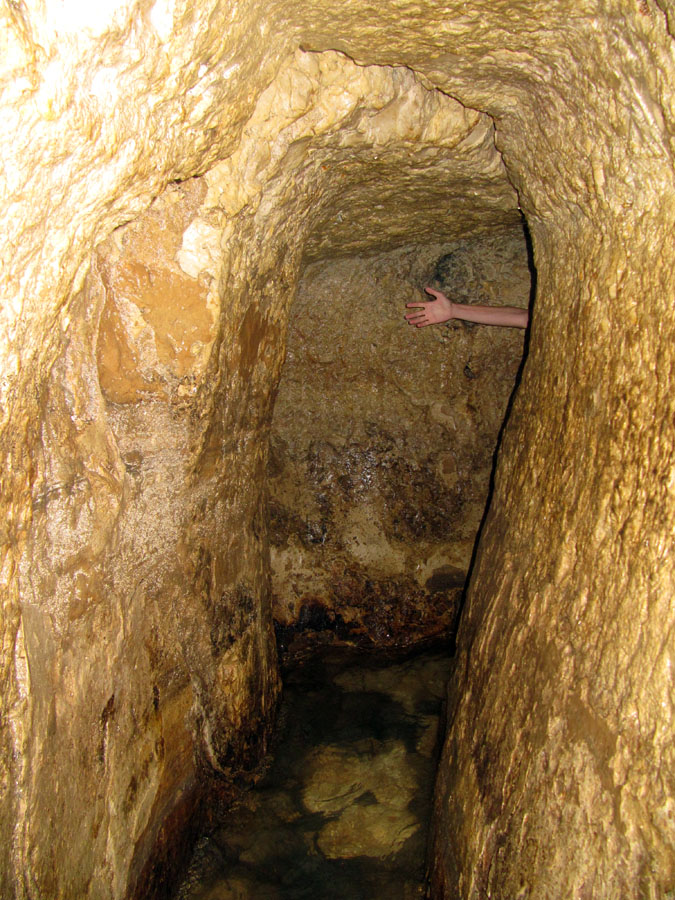
A Feat of Ancient Engineering
The construction of Hezekiah’s Tunnel was an engineering marvel of its time. The diggers faced the immense challenge of chiseling a pathway through limestone, without modern tools or technology. More fascinating is that they began from both ends, intending to meet in the middle—a risky and complicated task. Their success in meeting illustrates their advanced skill and knowledge of geometry and acoustics. To this day, experts are still intrigued by the precision and ingenuity displayed in the tunnel’s construction, considering the limited technology of the era.
Beyond its historical and biblical significance, Hezekiah’s Tunnel symbolizes a triumph of human spirit and determination. The enormity of the project and its success exemplify the resolve of a nation to protect itself and its resources. Furthermore, the tunnel asserts the technical prowess and intellectual heights achieved by our ancestors. For this reason, the site has drawn researchers and tourists from around the world, eager to witness first-hand this enduring testament to human capability.
Exploring the depths of Hezekiah’s Tunnel today, visitors embark on a journey back in time. Walking through the dim, watery corridor offers a tactile connection with history, beyond what books can convey. Preservation efforts ensure that this ancient wonder continues to educate and inspire future generations. As people traverse the same paths that ancient workers did, they do more than observe—they participate in history, renewing the legacy of King Hezekiah and his people with each step.
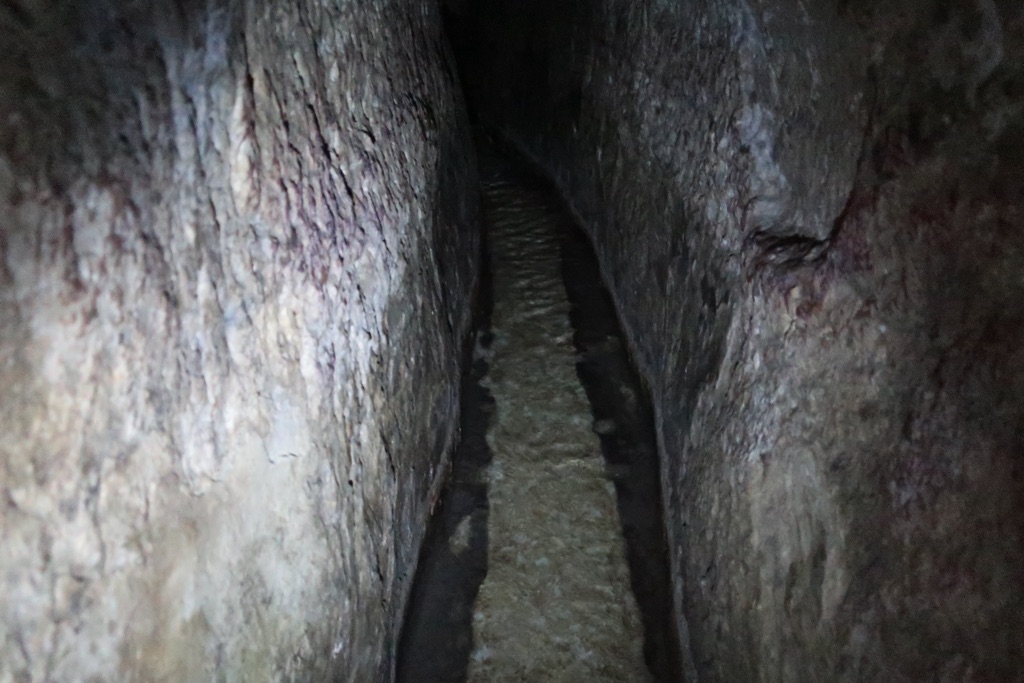
The Discovery of Hezekiah’s Tunnel
Unearthing the Ancient Passage
It wasn’t until the 19th century that Hezekiah’s Tunnel captured widespread attention. The momentous discovery came in 1838 when the American biblical scholar Edward Robinson stumbled upon it. Guided by the biblical text and his curiosity, Robinson ventured near the Pool of Siloam. Here, he observed the tunnel’s entrance. This critical finding confirmed historical accounts, bridging the gap between scripture and tangible history. His discovery brought the tunnel into the light of modern awareness, setting the stage for further exploration and research.
The Siloam Inscription
In 1880, another significant discovery was made in the tunnel— the Siloam Inscription. A group of boys playing near the Pool of Siloam accidentally found the ancient Hebrew text carved into the rock. This inscription provided a near first-person account of the tunnel’s construction, offering valuable insights into the methodologies of the ancient engineers who created it. The inscription is a priceless artifact in its own right, and it turned Hezekiah’s Tunnel into a focal point for archaeologists and historians worldwide.
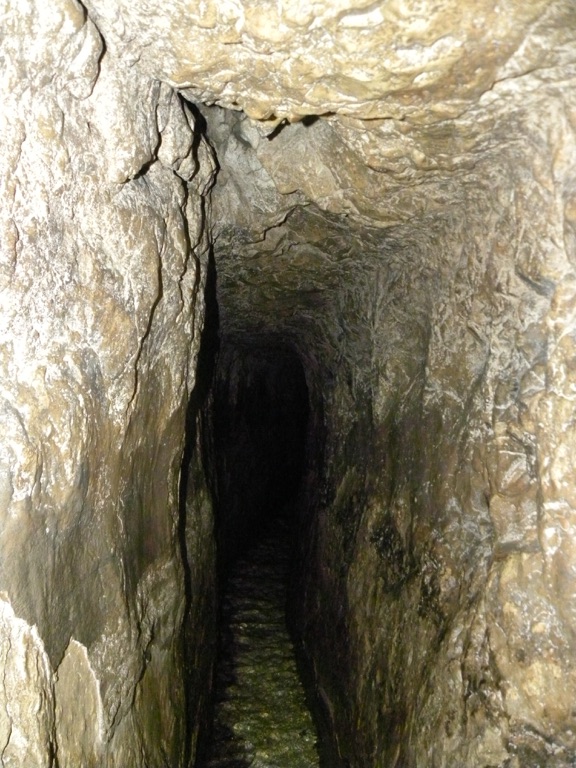
The Authentication Process
Following its discovery, Hezekiah’s Tunnel underwent rigorous scholarly examination. Experts aimed to authenticate its origins and understand its construction. Archaeologists and historians cross-referenced the biblical texts, ancient records, and the tunnel’s physical characteristics. Luckily, the wealth of information gleaned from the Siloam Inscription assisted greatly in this endeavor. The tunnel not only matched the descriptions found in ancient scriptures, but the inscription itself served as a piece of historical evidence directly from the period of its creation.
The historical significance of the discovery has immense implications on our perception of ancient engineering and biblical history. Explorations and excavations over the years have allowed for a deeper understanding of the sociopolitical landscape during the reign of King Hezekiah. Moreover, the tunnel’s discovery reaffirmed the historical accuracy of biblical events, adding a layer of credibility and depth to the sacred texts.
Today, the exploration of Hezekiah’s Tunnel is a profound experience for visitors. Walking through the ancient waterway, one feels connected to the generations that have passed before. The discovery of this ancient wonder has made it possible to step back in time. Visitors can marvel at the foresight and fortitude of an ancient civilization determined to protect its most precious resource—water.
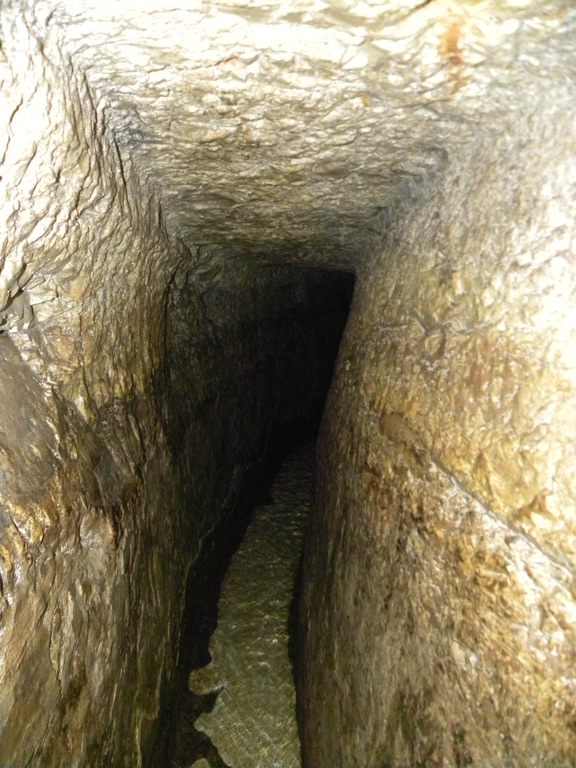
Cultural Significance, Dating methods, Theories and Interpretations
Unveiling the Past: Radiometric Dating of Hezekiah’s Tunnel
Researchers have turned to cutting-edge dating methods to reveal Hezekiah’s Tunnel’s age. One notable technique is radiometric dating, using the decay of naturally occurring isotopes. Scientists analyze materials collected from the tunnel, such as stalactites or the bedrock itself. These methods have bolstered the historical timeline, situating the construction in the reign of King Hezekiah, consistent with historical records. This precision has given a clearer picture of ancient engineering practices and has reinforced the tunnel’s significance in the context of biblical events.
The Theories Surrounding the Construction
Despite the tunnel’s well-documented origin, theories about its construction process have sparked scholarly debate. One theory proposes that the construction was guided by sound, with workers listening for the pickaxe strikes from the opposite side. Other theories suggest the use of geomagnetic orientation or following natural fissures in the rock. Each hypothesis underscores the sophistication of ancient Jerusalem’s engineers. The debate continues to intrigue and drives ongoing research that sheds light on the techniques used in antiquity.
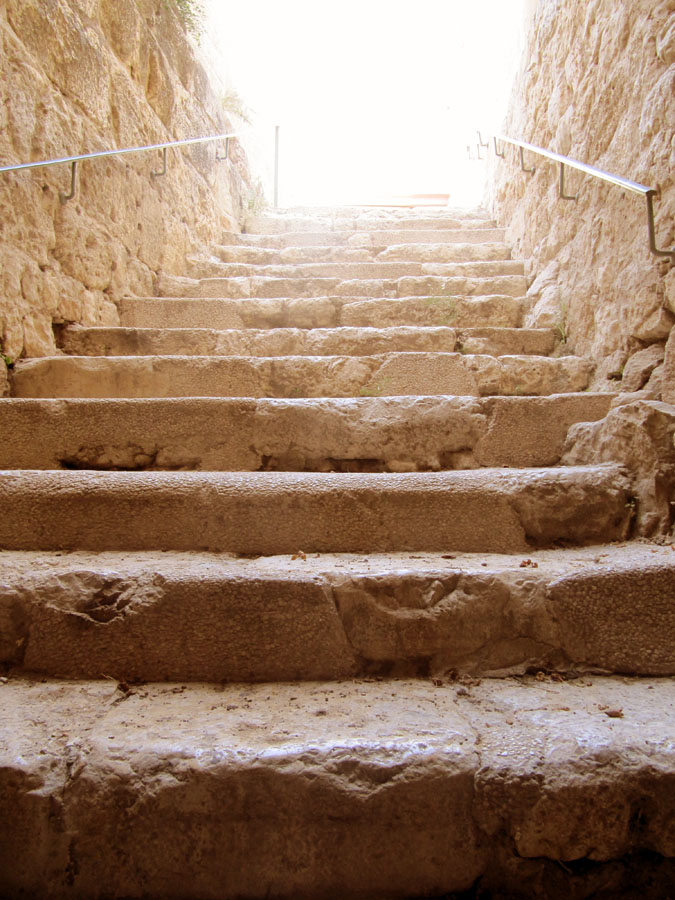
Cultural and Religious Resonance
Beyond its architectural prowess, Hezekiah’s Tunnel holds deep cultural and religious importance. It stands as a physical representation of the divine providence mentioned in biblical narratives. For many, the tunnel embodies the determination and faith of the Judean people and their leaders. Its preservation and continued existence serve as a pilgrimage site, where visitors can physically connect with the stories that form the bedrock of their beliefs. Through this connection, the tunnel maintains its status as a treasure of living history, revered across generations.
Interpretations of the tunnel vary among scholars and religious figures. Some view it as a purely defensive mechanism, while others see deeper spiritual significance in its waters. The tunnel’s water is often considered sacred, with healing properties ascribed to it in various traditions. Such interpretations have solidified the tunnel’s status as a symbol of spiritual resilience and community unity.
Today, Hezekiah’s Tunnel stands as a testament not just to its creators’ foresight but also to its influence on culture and history. The stories and studies surrounding this ancient marvel continue to educate and inspire, ensuring that Hezekiah’s innovative spirit endures. As a site of interdisciplinary interest, the tunnel unites historians, archaeologists, engineers, and theologians in a shared quest for knowledge and appreciation of the past.
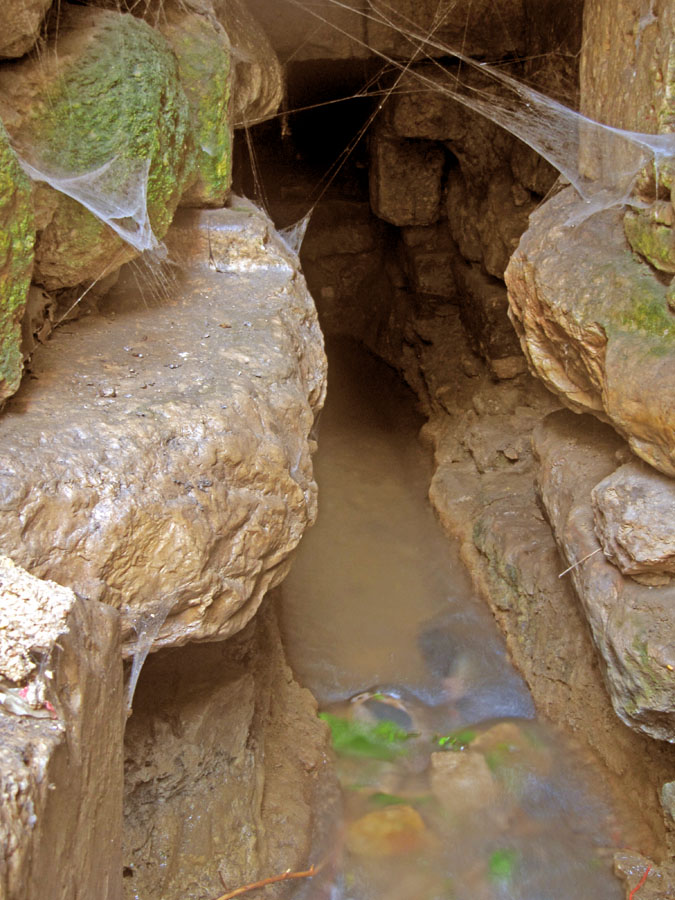
Conclusion and Sources
Hezekiah’s Tunnel remains a masterpiece of ancient hydro-engineering, illustrating the ingenuity of King Hezekiah’s era. Through modern research and exploration, we’ve gained insight into the techniques used to construct this expansive aqueduct. Its strategic importance for the defense of Jerusalem and its role in the history of water management continues to impress current generations. Now considered a significant archaeological site, it offers a unique perspective on the engineering capabilities and societal priorities of the past. The tunnel not only served a practical purpose but has also become a symbol, reflecting the perseverance and inventive spirit of humankind.
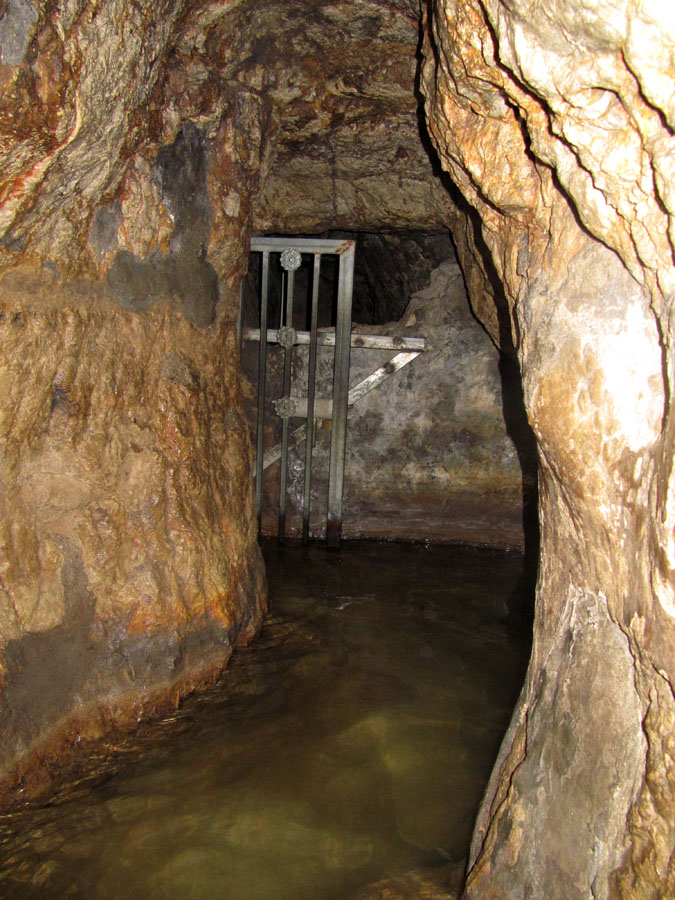
For further reading and to validate the information presented in this article, the following sources are recommended:
Or you can check any of these reputable archaeological and historical texts:
Reich, R., & Shukron, E. (1999). ‘The recent discovery of the most ancient water system in Jerusalem’, IEJ, 49, pp. 77–90.
Mazar, E. (2003). ‘The tunnel of Siloam revealed in the excavations by Sir Charles Warren in Ophel’, IEJ, 53, pp. 68–76.
Shanks, H. (1982). ‘Jerusalem’s tunnel mystery’, BA, 45(3), pp. 168–176.
Frumin, S. et al. (2015). ‘The Siloam Tunnel: The first recorded team project in the history of humankind’, Journal of Ancient History, 3(2), pp. 209–234.
Wilford, J. N. (1987, June 9). ‘Jerusalem water tunnel found to be 2700 years old’, The New York Times.

